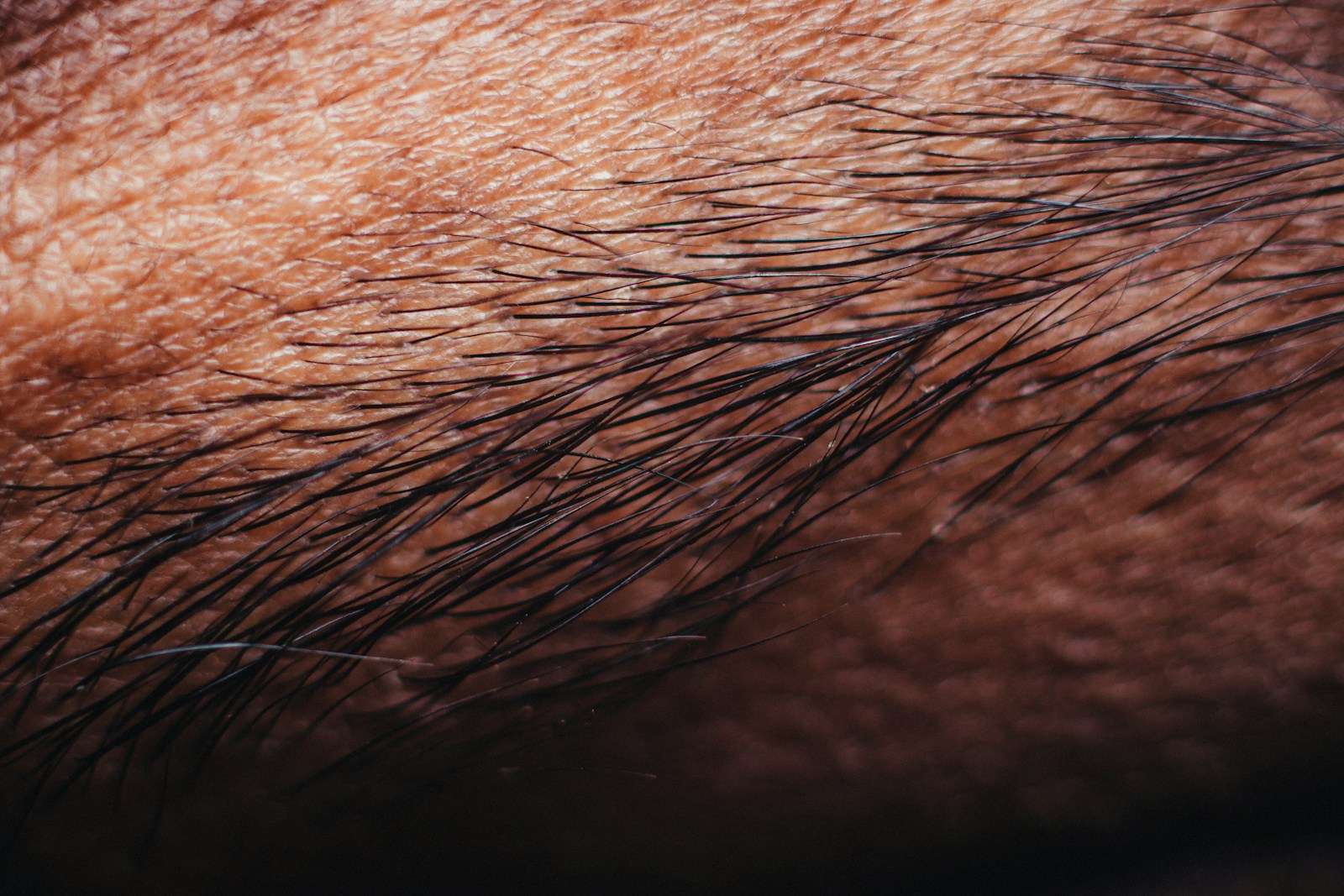Wound Care
After a complete breast removal surgery, proper wound care is essential for a smooth recovery. Here are some post-operative care instructions to follow:
İçindekiler
Proper cleaning and dressing of the surgical incision
-
Gentle Cleaning: Clean the incision site gently with mild soap and water. Avoid harsh scrubbing or rubbing.
-
Dry Completely: After cleaning, pat the incision dry with a clean towel. Ensure no moisture is left behind.
-
Apply Dressing: Follow your surgeon's instructions regarding dressing changes. Apply clean dressings as directed.
Signs of infection to watch out for
It's crucial to monitor the surgical incision for any signs of infection. If you notice any of the following symptoms, contact your healthcare provider immediately:
-
Inflammation: Look for redness or increasing swelling around the incision site.
-
Pus or Discharge: If you observe any unusual discharge, such as pus or excessive fluid, it may indicate an infection.
-
Fever: A persistent high fever could be a sign of infection.
-
Increasing Pain: If the pain worsens instead of improving over time, consult your healthcare provider.
Remember to follow your surgeon's instructions carefully and attend all scheduled follow-up appointments for proper healing and recovery after a complete breast removal procedure.
Pain Management
Medications and techniques to manage pain after surgery
After undergoing a complete breast removal surgery, it's essential to prioritize proper post-operative care for a smooth recovery. One crucial aspect of this care is managing pain effectively. Here are some medications and techniques you can utilize:
-
Pain Medications: Your surgeon may prescribe pain medications to help alleviate discomfort during the recovery period. It's crucial to take these medications as directed and notify your surgeon if they are not providing sufficient relief.
-
Ice Packs: Applying ice packs to the surgical area can help reduce swelling and relieve pain. Remember to wrap the ice pack in a cloth or towel before applying it to your skin.
-
Elevation: Elevating your upper body can also help minimize swelling and discomfort. Prop yourself up with pillows while resting or sleeping, ensuring your chest is elevated above your heart.
When to contact your surgeon regarding pain
While some level of pain is normal after surgery, it's important to know when to reach out to your surgeon for additional guidance or concerns:
-
Intense Pain: If you experience severe or worsening pain that is not relieved by prescribed medications, it's crucial to contact your surgeon immediately.
-
Infection Signs: If you notice signs of infection such as excessive redness, swelling, pus, or a foul odor from the incision site, contact your surgeon promptly.
-
Unusual Symptoms: Any unexpected symptoms that raise concerns should also be communicated with your surgeon. These may include persistent high fever, shortness of breath, or chest pain.
Remember, following your surgeon's instructions for post-operative care and promptly communicating any concerns will ensure a safe and successful recovery process after a complete breast removal surgery.
Drain Care
How to care for surgical drains and emptying instructions
After undergoing a complete breast removal surgery, taking care of your surgical drains is crucial for a smooth recovery. Here's what you need to know:
-
Emptying the drains: Your surgeon will provide specific instructions on when and how to empty the drains. Always wash your hands thoroughly before touching the drains. Gently squeeze the drain bulb to release the suction, then carefully empty the contents into a measuring cup or container. Note down the amount of fluid removed and inform your healthcare provider as instructed.
-
Maintaining cleanliness: Cleanse the drain insertion site with mild soap and water as per your surgeon's instructions. This helps prevent infection. Avoid using any ointments or solutions not recommended by your doctor.
-
Caring for the dressings: Keep the dressings clean and dry at all times. If they become soiled or loose, contact your healthcare provider.
Monitoring drainage and signs of complications
During your post-operative period, it's important to keep an eye on your drainage and watch out for any signs of complications. Here's what to look for:
-
Drainage volume: Track the amount of fluid draining each day and report any sudden changes to your healthcare provider. This can help identify any potential issues.
-
Signs of infection: Keep an eye out for signs of infection around the surgical site, such as increased redness, swelling, warmth, or pus-like discharge. Contact your healthcare provider immediately if you notice any of these symptoms.
-
Fever: If you develop a fever over 100.4°F (38°C), inform your healthcare provider promptly.
Remember, following your surgeon's instructions and seeking timely medical attention for any concerns is essential to ensure a successful recovery after complete breast removal surgery.
Physical Activity and Rest
After undergoing a complete breast removal surgery, it is crucial to follow post-operative care instructions to ensure a smooth recovery and optimal healing. Here are some guidelines to help you navigate through this period.
Guidelines for resuming daily activities and exercise
-
Start Slow: It is important to gradually increase your activity levels after surgery. Begin with light activities, such as short walks, and slowly progress to more strenuous exercises over time. Consult your surgeon for specific guidelines based on your unique situation.
-
Listen to Your Body: Pay attention to any discomfort or pain during physical activity. If you experience any unusual symptoms, it's important to stop and rest. Pushing yourself too hard can hinder the healing process.
-
Avoid Lifting Heavy Objects: During the initial post-operative period, it is recommended to refrain from lifting heavy objects, as this can strain the surgical site. Follow your surgeon's recommendations on weight restrictions and gradually ease back into normal lifting activities.
The importance of rest and recovery
-
Take Ample Rest: Quality rest is essential for proper healing. Make sure to get enough sleep and allow your body time to recover.
-
Follow Post-Operative Instructions: Your surgeon will provide specific guidelines regarding wound care, medications, and proper follow-up appointments. It is crucial to adhere to these instructions to ensure optimal healing.
-
Stay Hydrated and Eat Nutritious Meals: Proper nutrition plays a vital role in post-operative recovery. Stay hydrated by drinking plenty of water and consume a well-balanced diet rich in fruits, vegetables, lean proteins, and whole grains.
Remember, each person's recovery process may vary, so consult with your surgeon for personalized guidance and follow-up care. By following these post-operative care instructions, you can promote a healthy healing process after complete breast removal surgery.
Diet and Nutrition
Recommended diet for optimal healing and recovery
Following a complete breast removal surgery, proper nutrition plays a vital role in the healing process. Here are some recommended dietary guidelines to support your recovery:
-
Focus on Protein: Include lean proteins like chicken, fish, tofu, and legumes in your diet. Protein is essential for tissue repair and helps boost the immune system.
-
Incorporate Fruits and Vegetables: Load up on colorful fruits and vegetables rich in vitamins, minerals, and antioxidants. These nutrients can aid in wound healing and reduce inflammation.
-
Stay Hydrated: Drink plenty of water to maintain hydration levels and promote healthy circulation.
Foods to avoid during the healing process
While recovering from complete breast removal surgery, it's important to avoid certain foods that may hinder your healing progress:
-
Salty and Processed Foods: Reduce your intake of salty snacks, processed meats, canned soups, and fast food. These foods can contribute to inflammation and fluid retention.
-
Alcohol and Caffeine: Limit or avoid alcohol and caffeine as they can interfere with wound healing and disrupt sleep patterns.
-
Sugary Treats: Minimize consumption of sugary foods such as desserts, sodas, and sweetened beverages. Sugar can impair the immune system and increase the risk of infection.
Remember to consult with your healthcare provider for personalized dietary recommendations based on your specific needs. Adequate nourishment is essential for a smooth recovery after breast removal surgery.
Emotional Support and Counseling
Coping with emotional changes and body image concerns
After undergoing a complete breast removal surgery, it is important to recognize and address any emotional changes that may arise. Women may experience a range of emotions, from sadness or grief to anxiety or even depression. It's crucial to be kind to yourself during this time and allow yourself to grieve the loss of your breasts.
Body image concerns may also emerge after the surgery. It's normal to feel self-conscious or insecure about your appearance, but remember that this surgery was undertaken for health reasons. Give yourself time to adjust and embrace your new body.
Seeking professional support if needed
If you find it difficult to cope with these emotional changes, don't hesitate to seek professional support. A counselor or therapist can provide guidance and help you navigate through these challenging emotions. They can assist you in finding healthy coping mechanisms and teach you strategies to improve your body image. Remember, seeking help is a sign of strength, and you don't have to go through this alone.
Although emotional support is crucial, it's also essential to follow the post-operative care instructions given by your surgeon. Following these guidelines will aid in your overall recovery and ensure optimal healing. Be kind to yourself, lean on your support system, and reach out for assistance when needed.




